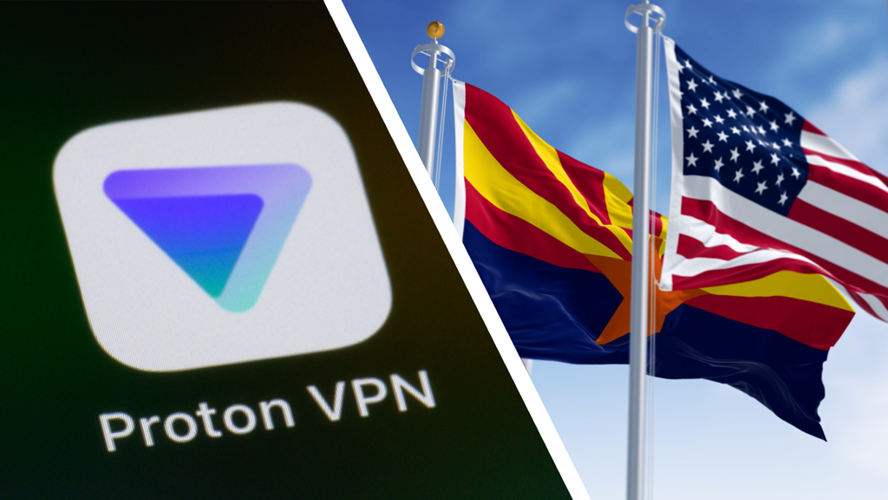Raster to vector conversion
In today’s design and branding world, precision, scalability, and quality matter more than ever. Whether you’re a graphic designer, an embroidery business, a print shop, or a brand owner, having crisp and editable vector graphics can make a huge difference. This is where a professional Vector Conversion Service becomes indispensable. With accurate raster to vector conversion, your images, logos, and artwork can be transformed into scalable files that maintain their quality across any medium.
In this blog, we’ll explore what vector conversion is, why it’s important, the benefits of professional services, the process involved, and how to choose the right provider for your projects.
What Is Vector Conversion Service?
A Vector Conversion Service is a professional solution that transforms raster images (pixel-based images like JPEGs, PNGs, or BMPs) into vector images (scalable, resolution-independent files like AI, EPS, SVG, or PDF).
Raster Images vs. Vector Images
-
Raster Images:
-
Made up of pixels
-
Lose quality when enlarged
-
Common formats: JPG, PNG, GIF, BMP
-
-
Vector Images:
-
Made up of paths, curves, and mathematical equations
-
Scalable without losing quality
-
Editable in software like Adobe Illustrator or CorelDRAW
-
Raster images are perfect for web use but often fail in professional applications where scaling, printing, or embroidery is needed. Converting these images to vectors ensures clarity, precision, and flexibility.
Why Raster to Vector Conversion Is Essential
A raster to vector conversion is more than a simple image change—it’s a critical step in making your designs usable across various industries and mediums. Here’s why it matters:
1. Scalability Without Loss of Quality
Raster images become pixelated when enlarged, which is problematic for printing on large banners, signage, or apparel. Vector files maintain smooth lines and sharp edges regardless of size.
2. Editable and Flexible
Vectors allow designers to modify colors, shapes, and layouts without losing quality. This flexibility is crucial for branding and repeated use.
3. Ideal for Embroidery and Printing
Embroidery machines, vinyl cutting, screen printing, and other manufacturing processes require vector files for accurate reproduction. Raster images cannot provide precise stitch paths or cut lines.
4. Professional Appearance
High-quality vector files ensure that logos, illustrations, and designs look clean, polished, and professional across all platforms.
5. Efficient File Management
Vector files are smaller in size and more manageable for projects, making them easier to share, store, and archive.
Industries That Benefit from Vector Conversion Services
Many businesses and professionals rely heavily on Vector Conversion Service for their daily operations:
1. Graphic Designers
Designers often receive logos or artwork in raster format and need vector files for scalability and editing flexibility.
2. Embroidery & Apparel Businesses
Embroidery companies require vector files to create stitch-ready designs with precise details.
3. Print & Publishing
Brochures, banners, posters, and signage require vectors to ensure crisp, sharp images at any size.
4. Advertising & Marketing Agencies
Agencies often deal with multiple media formats; vector files ensure brand consistency across digital and print media.
5. Manufacturing & Product Design
Product labels, packaging, and decals require precise vector images for accurate production.
6. Entrepreneurs & Startups
New brands often receive logos in low-resolution raster formats; converting them into vectors ensures professional presentation and use across all marketing materials.
How Raster to Vector Conversion Works
Professional Vector Conversion Services follow a systematic process to ensure quality, accuracy, and usability:
Step 1: Image Assessment
The service provider examines the raster image for clarity, resolution, and complexity. The type of image (logo, illustration, or photo) determines the conversion method.
Step 2: Manual Tracing & Digitization
Expert designers use vector software like Adobe Illustrator, CorelDRAW, or Inkscape to trace and recreate every detail of the raster image. Manual tracing ensures accuracy and preserves intricate details that automated tools often miss.
Step 3: Color Separation & Layering
Colors are separated into layers for easy editing, ensuring the vector file is flexible for future modifications.
Step 4: Path Optimization
Curves, edges, and shapes are optimized to reduce unnecessary anchor points, resulting in clean and smooth vector paths.
Step 5: Quality Check
Every converted file undergoes a detailed review to ensure precision, sharpness, and accuracy compared to the original design.
Step 6: File Delivery
The final vector files are delivered in multiple formats (AI, EPS, SVG, PDF, or DXF), ready for print, embroidery, or digital use.
Benefits of Using Professional Vector Conversion Services
Outsourcing your raster to vector conversion to professionals provides several advantages:
1. Accuracy
Experienced designers ensure every curve, line, and color matches the original artwork perfectly.
2. Time-Saving
Manual conversion is time-consuming. A professional service completes the work quickly, saving you valuable hours.
3. High-Quality Output
Professional conversion ensures crisp lines, clean edges, and optimized paths for embroidery, printing, and digital use.
4. Cost-Effective
Investing in professional vector files reduces errors in production, prevents wasted materials, and enhances overall brand presentation.
5. Versatility
Once converted, vector files can be resized, recolored, or adapted for multiple uses, making them highly versatile.
Tips for Choosing the Right Vector Conversion Service
To ensure your designs are converted accurately, keep these points in mind:
1. Expertise
Choose a company with experience in raster to vector conversion, especially in your industry (logos, embroidery, printing, etc.).
2. Quality Assurance
Look for a service that reviews every file for accuracy, consistency, and clean paths.
3. Fast Turnaround
Time is crucial—opt for services that provide reliable and fast delivery without compromising quality.
4. Multiple File Formats
Ensure the provider delivers files in commonly used vector formats compatible with your software and production requirements.
5. Portfolio & References
Check past projects to confirm the service’s expertise and attention to detail.
Why Businesses Trust Professional Vector Conversion Services
A professionally converted vector file ensures that your design maintains its integrity, looks professional, and is ready for any application. Businesses that use vector conversion services enjoy:
-
High-resolution logos for print and digital media
-
Accurate embroidery files for stitching machines
-
Scalable graphics for large banners and billboards
-
Clean and professional brand presentation
By investing in professional Vector Conversion Service and raster to vector conversion, companies save time, reduce errors, and maintain high-quality visual identity across all platforms.
Final Thoughts
In the modern business and creative world, precision and scalability are non-negotiable. Whether it’s for branding, embroidery, printing, or marketing, a high-quality Vector Conversion Service ensures your raster images are transformed into crisp, editable, and scalable vector files. Professional raster to vector conversion preserves every detail of your artwork while offering flexibility, versatility, and long-term usability.
From logos and illustrations to custom graphics and intricate designs, vector files are the backbone of professional design, print, and embroidery projects. Choosing the right service ensures your designs look perfect every time, making your brand, business, or creative project truly stand out.





